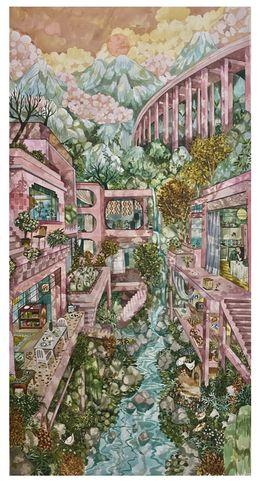
Oeuf
Pauline Di Valentin
Fine Art Drawings - 150 x 80 x 0.01 cm Fine Art Drawings - 59.1 x 31.5 x 0 inch
$3,330
Pauline Di Valentin, an artist from Amiens, produces ink drawings on paper depicting lost architecture in the middle of abundant vegetation.
Pauline Di Valentin studied applied art from high school, and passed a BTS in visual communication at the Lycée Auguste Renoir in Paris. She then joined the ESAD in Reims and obtained a DNAP in graphic design. Today, she has found in ink painting the means to express the nuances of colours and textures that inspire her.
In these drawings on paper, pastel villas stand in an isolated neighbourhood, in the middle of a dense jungle that breaks our landmarks. The ink, diluted, blurred, allows marbled effects, transparencies or gradations. And it is mainly in a palette of pinks and greens that the architectural and vegetal universe of these imaginary places are diffused in the paper. From one image to another, we find a resonance, between the varieties of plants and trees, the architectures, the colours, the objects, the characters that seem to respond as if they belong to the same place, to the same idea.
Filter by :

Fine Art Drawings - 150 x 80 x 0.01 cm Fine Art Drawings - 59.1 x 31.5 x 0 inch
$3,330

Fine Art Drawings - 130 x 100 cm Fine Art Drawings - 51.2 x 39.4 inch
$3,330

Fine Art Drawings - 50 x 70 x 0.1 cm Fine Art Drawings - 19.7 x 27.6 x 0 inch
$777
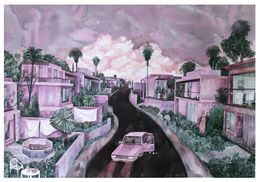
Fine Art Drawings - 70 x 100 x 0.01 cm Fine Art Drawings - 27.6 x 39.4 x 0 inch
$2,220

Fine Art Drawings - 70 x 50 x 0.1 cm Fine Art Drawings - 27.6 x 19.7 x 0 inch
$777
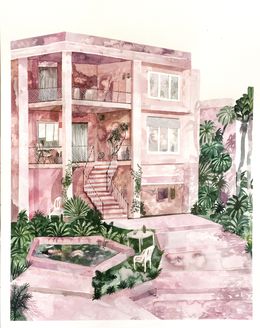
Fine Art Drawings - 65 x 50 x 0.1 cm Fine Art Drawings - 25.6 x 19.7 x 0 inch
$666
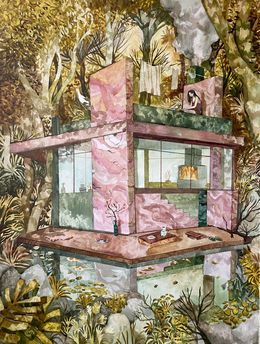
Fine Art Drawings - 70 x 50 x 0.01 cm Fine Art Drawings - 27.6 x 19.7 x 0 inch
$1,665

Fine Art Drawings - 60 x 40 x 0.1 cm Fine Art Drawings - 23.6 x 15.7 x 0 inch
$444
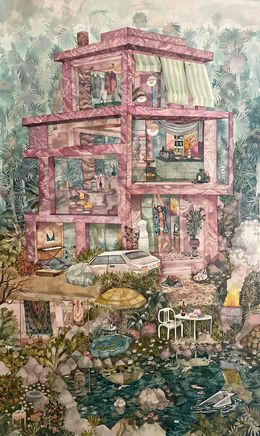
Fine Art Drawings - 135 x 77 x 0.01 cm Fine Art Drawings - 53.1 x 30.3 x 0 inch
$3,330
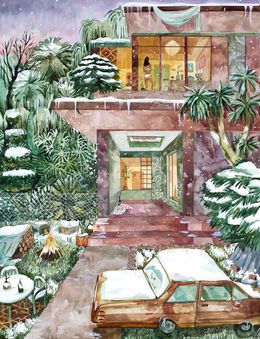
Fine Art Drawings - 70 x 50 x 0.01 cm Fine Art Drawings - 27.6 x 19.7 x 0 inch
$1,665

Fine Art Drawings - 70 x 50 x 0.1 cm Fine Art Drawings - 27.6 x 19.7 x 0 inch
Sold
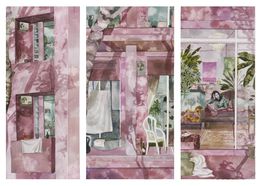
Fine Art Drawings - 50 x 70 x 0.1 cm Fine Art Drawings - 19.7 x 27.6 x 0 inch
Sold

Fine Art Drawings - 70 x 50 x 0.01 cm Fine Art Drawings - 27.6 x 19.7 x 0 inch
Sold

Fine Art Drawings - 41 x 31 x 0.1 cm Fine Art Drawings - 16.1 x 12.2 x 0 inch
Sold

Fine Art Drawings - 21 x 29.7 x 0.1 cm Fine Art Drawings - 8.3 x 11.7 x 0 inch
Sold

Fine Art Drawings - 70 x 50 x 0.1 cm Fine Art Drawings - 27.6 x 19.7 x 0 inch
Sold

Fine Art Drawings - 70 x 50 x 0.1 cm Fine Art Drawings - 27.6 x 19.7 x 0 inch
Sold

Fine Art Drawings - 70 x 50 x 0.1 cm Fine Art Drawings - 27.6 x 19.7 x 0 inch
Sold

Fine Art Drawings - 70 x 100 x 0.1 cm Fine Art Drawings - 27.6 x 39.4 x 0 inch
Sold

Fine Art Drawings - 70 x 50 x 0.1 cm Fine Art Drawings - 27.6 x 19.7 x 0 inch
Sold

Fine Art Drawings - 70 x 50 x 0.02 cm Fine Art Drawings - 27.6 x 19.7 x 0 inch
Sold
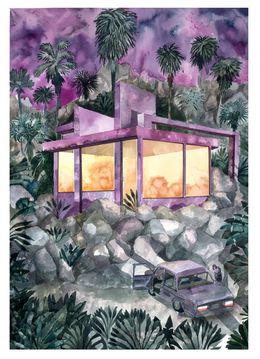
Fine Art Drawings - 70 x 50 x 0.01 cm Fine Art Drawings - 27.6 x 19.7 x 0 inch
Sold

Fine Art Drawings - 70 x 50 x 0.1 cm Fine Art Drawings - 27.6 x 19.7 x 0 inch
Sold
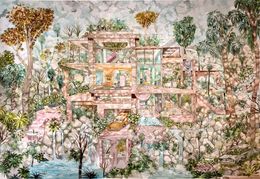
Fine Art Drawings - 150 x 200 x 0.01 cm Fine Art Drawings - 59.1 x 78.7 x 0 inch
Sold

Fine Art Drawings - 150 x 100 x 0.1 cm Fine Art Drawings - 59.1 x 39.4 x 0 inch
Sold

Fine Art Drawings - 100 x 150 x 0.1 cm Fine Art Drawings - 39.4 x 59.1 x 0 inch
Sold

Fine Art Drawings - 29.7 x 21 x 0.1 cm Fine Art Drawings - 11.7 x 8.3 x 0 inch
Sold

Fine Art Drawings - 40 x 60 x 0.1 cm Fine Art Drawings - 15.7 x 23.6 x 0 inch
Sold

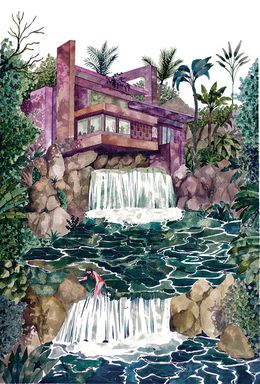



Fine Art Drawings - 50 x 65 x 0.1 cm Fine Art Drawings - 19.7 x 25.6 x 0 inch
Sold

Fine Art Drawings - 70 x 50 x 0.1 cm Fine Art Drawings - 27.6 x 19.7 x 0 inch
Sold

Fine Art Drawings - 28 x 39 x 0.1 cm Fine Art Drawings - 11 x 15.4 x 0 inch
Sold

Fine Art Drawings - 70 x 50 x 0.1 cm Fine Art Drawings - 27.6 x 19.7 x 0 inch
Sold

Fine Art Drawings - 70 x 50 x 0.1 cm Fine Art Drawings - 27.6 x 19.7 x 0 inch
Sold

What is Pauline Di Valentin’s artistic movement?
When was Pauline Di Valentin born?